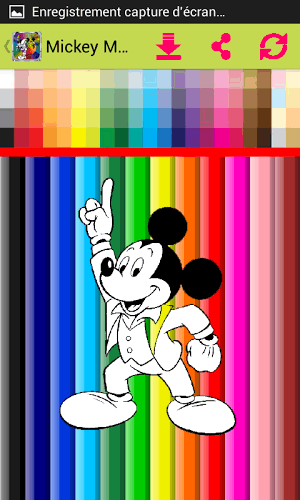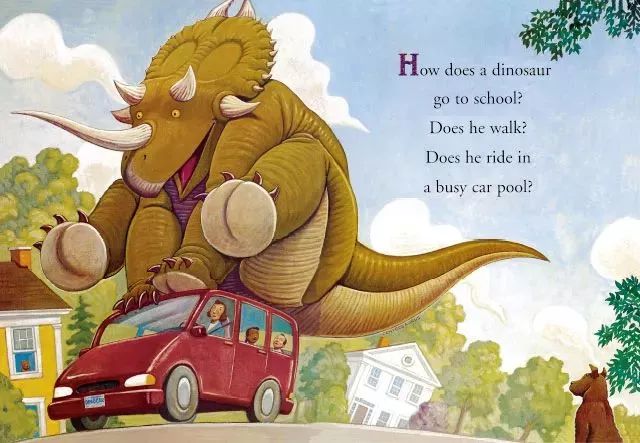How to Draw Peter Rabbit: A Step-by-Step Guide for Beginners
Guide or Summary:Peter RabbitMaterials NeededStep 1: Sketching the Basic ShapeStep 2: Adding the Ears and TailStep 3: Drawing the FaceStep 4: Adding the Arm……
Guide or Summary:
- Peter Rabbit
- Materials Needed
- Step 1: Sketching the Basic Shape
- Step 2: Adding the Ears and Tail
- Step 3: Drawing the Face
- Step 4: Adding the Arms and Hands
- Step 5: Finalizing the Body and Legs
- Step 6: Adding Details and Shading
- Step 7: Adding Color (Optional)
Peter Rabbit
Peter Rabbit, originally created by Beatrix Potter, is a beloved character that has captured the hearts of children and adults alike. With his iconic blue jacket, floppy ears, and mischievous grin, Peter Rabbit is a quintessential figure in children's literature. Drawing Peter Rabbit can be a delightful endeavor, offering a chance to bring this endearing character to life on paper. In this step-by-step guide, we'll walk you through the process of drawing Peter Rabbit, making it accessible to beginners.
Materials Needed
Before we dive into the drawing process, let's gather the necessary materials. You'll need:
- A sketchbook or drawing paper
- Pencils (HB and 2B are recommended)
- Erasers (a kneaded eraser is ideal for smudging and correcting)
- A ruler (for straight lines)

- A sharpener
- A pencil sharpener
- A set of colored pencils or markers (optional, for adding color after the initial drawing)
Step 1: Sketching the Basic Shape
Start by lightly sketching the basic shape of Peter Rabbit's body. Begin with a large oval for the head, then draw a smaller oval underneath for the body. Connect the two ovals with a curved line for the neck. Remember to place the head slightly above the body for a more natural posture.
Step 2: Adding the Ears and Tail
Next, add Peter Rabbit's iconic floppy ears. Sketch two rounded triangles on top of the head, making sure they're slightly larger than the head itself. For the tail, draw a small, curved triangle at the bottom of the body, extending slightly beyond the back legs.

Step 3: Drawing the Face
Now, it's time to draw Peter Rabbit's face. Start by adding the eyes, which are located slightly above the center of the head. Sketch two small circles for the eyes, with a small dot in the center of each for the pupils. Add a curved line above each eye for the eyebrows, which should have a slight upward curve.
For the nose, draw a small, rounded triangle at the bottom of the face. Peter Rabbit's mouth is a key feature, so take your time with this. Sketch a slightly curved line for the upper lip, then add a small, curved line for the lower lip. The mouth should have a slight upward curve, giving Peter Rabbit his mischievous expression.
Step 4: Adding the Arms and Hands
Peter Rabbit's arms are relatively small compared to his body. Draw two curved lines from the top of the head down to the bottom of the body for the arms. At the end of each arm, add a small circle for the hands. The hands should be positioned slightly apart, with the thumb sticking out slightly.
Step 5: Finalizing the Body and Legs
Draw the front legs by extending two curved lines from the bottom of the head down to the bottom of the body. Add a small, curved line at the end of each leg for the paws. For the back legs, draw two longer, curved lines extending from the bottom of the body. Add a small, curved line at the end of each back leg for the paws as well.
Step 6: Adding Details and Shading
Once you're happy with the basic shape, it's time to add details. Start by adding the blue jacket around Peter Rabbit's body. Sketch two curved lines around the chest and extend them down to the bottom of the body. Add a small collar around the neck.

For shading, use your 2B pencil to add some depth to the face and ears. Shade the areas around the eyes and the top of the head lightly. Add some shading to the ears and the tail as well.
Step 7: Adding Color (Optional)
If you have colored pencils or markers, now is the time to add color. Peter Rabbit's jacket is typically blue, so start by coloring the jacket with your chosen blue color. Add some color to the face, ears, and tail as well. Peter Rabbit's eyes are usually black, so add some black color to the pupils. Finally, add a small, curved line for the mouth, and you're all done!
Drawing Peter Rabbit can be a fun and rewarding experience, especially when following a step-by-step guide like this one. Whether you're a beginner or an experienced artist, this guide should help you create your own version of the beloved character. Remember, practice makes perfect, so don't be discouraged if your first attempt doesn't turn out exactly as you'd hoped. Keep practicing, and you'll see improvement over time. Happy drawing!